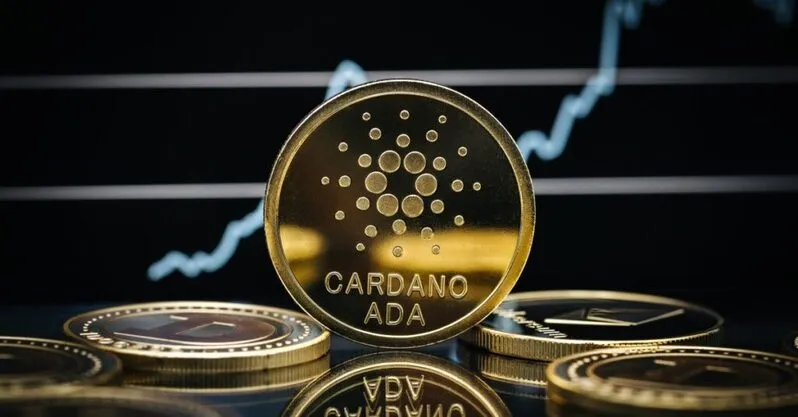Earlier this year, President Donald Trump announced a strategic crypto reserve for the US. Cardano (ADA) was one of the crypto assets named by the President, along with Solana (SOL) and Ripple’s XRP token. The President also said that he loves Bitcoin (BTC) and Ethereum (ETH). The announcement made waves in the crypto community. Many in the US had long awaited a more crypto-friendly environment. With Trump’s arrival, those prayers may have been answered.
Why Did President Trump Pick Cardano?

ADA was one of the most developmentally active blockchain networks. The project has had multiple innovations that have made it a solid contender to Ethereum (ETH) and Solana (SOL). Its development activity has slumped lately.
Cardano (ADA) aims for higher scalability, sustainability, and interoperability. These aspects of the project make it a future-proof blockchain initiative. ADA’s smart contract capabilities have also proven to be quite successful.
President Trump’s reason for picking ADA as one of the assets for the crypto reserve may not have anything to do with the project’s developments. Trump has repeatedly stated that he wants to support American projects to thrive in the US. Cardano (ADA) is a US-based blockchain project. Its American roots may have caught the President’s eye.
Poor Performance Plagues The Asset
Cardano (ADA) has struggled to gain momentum over the last few years. The project was once among the top 10 projects by market cap. ADA is currently the 11th-largest crypto project by valuation. The asset hit an all-time high of $3.09 in September 2021, almost four years ago.
Also Read: Dogecoin or Cardano (ADA): Which Will Deliver Top Returns in 5 Years?
ADA has rallied 0.2% in the daily charts and 49.4% since June 2024, but is down in the other time frames. The asset has fallen 5.3% in the weekly charts, 19.6% in the 14-day charts, and 24.7% over the previous month.

The lackluster performance over the last few years could be due to the lack of development on the ADA blockchain. The poor performance could also be attributed to a general bearishness that looms over the crypto market.






